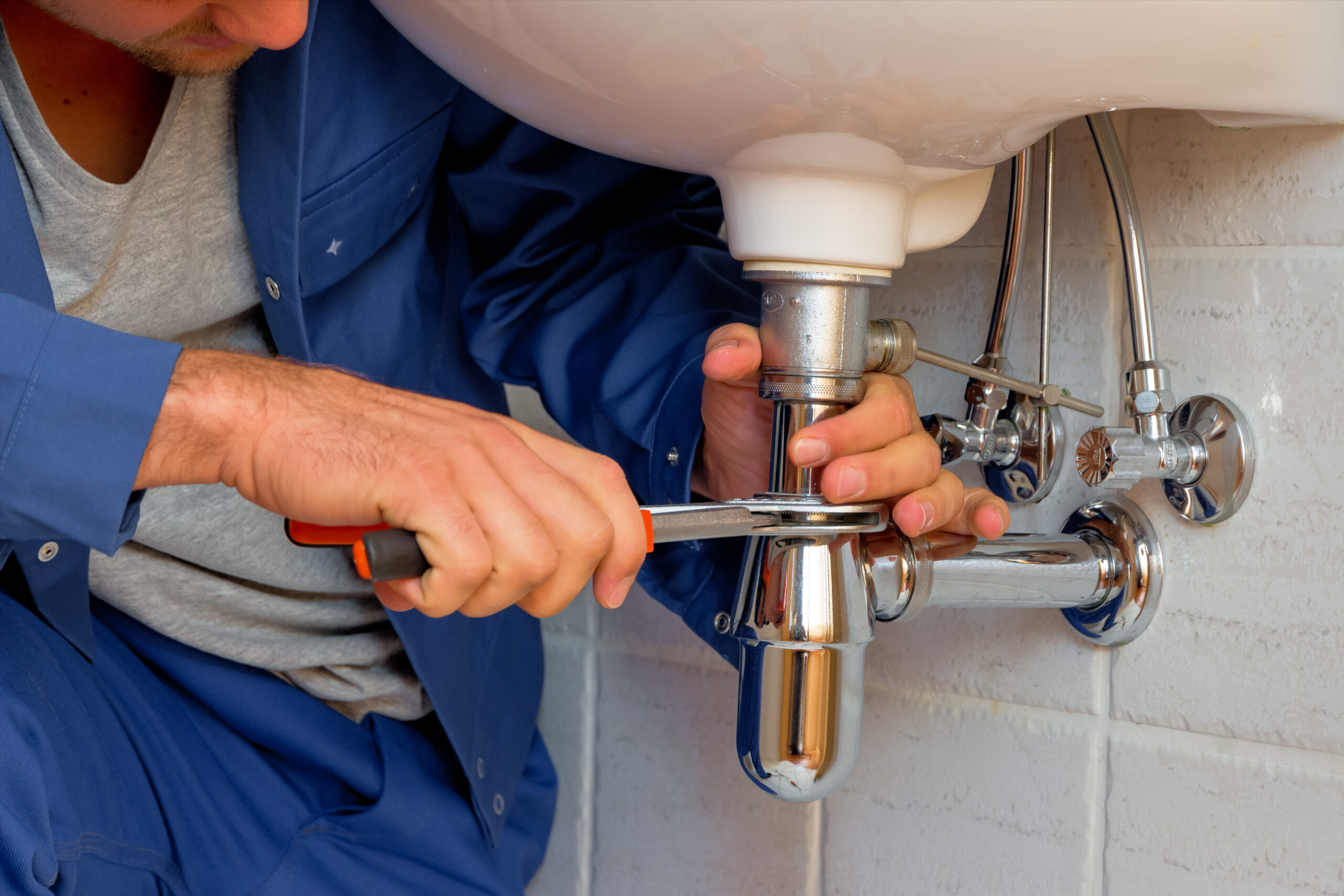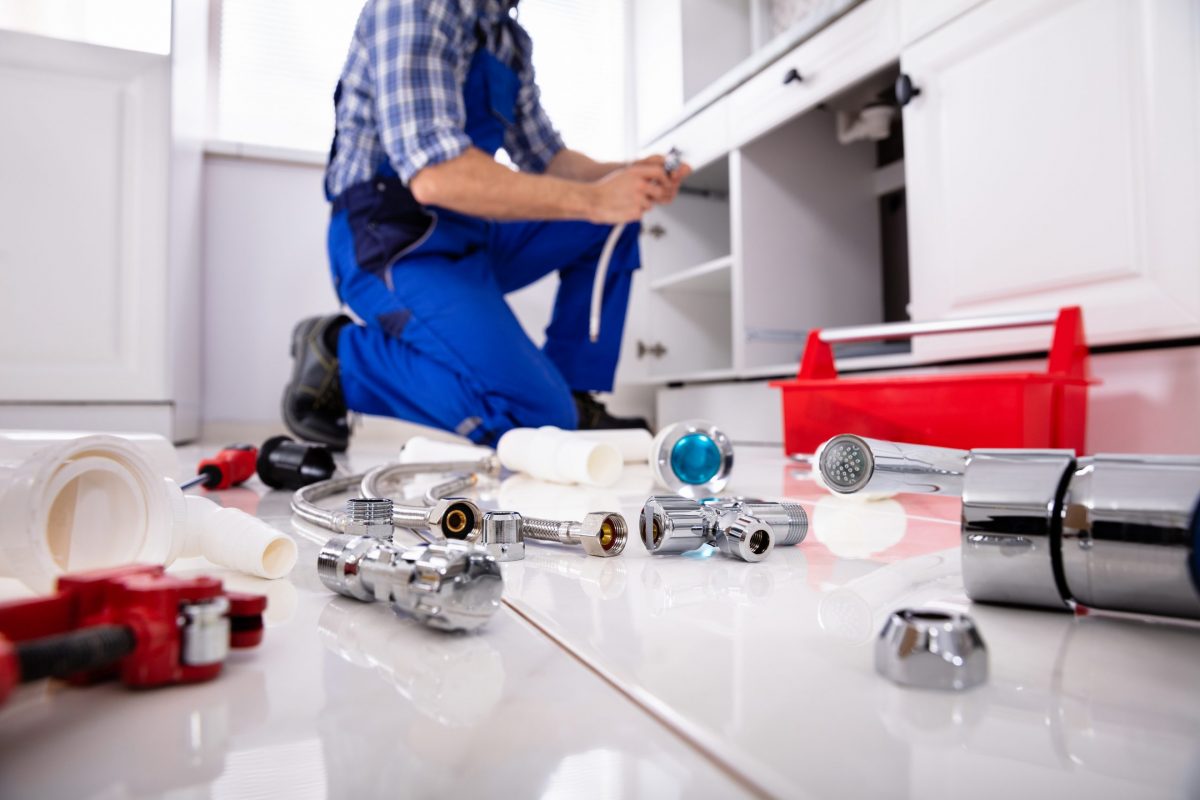They are making several good annotation about When to DIY and When to Call a Professional Plumber in general in the article underneath.

Intro
Pipes problems can range from minor inconveniences to major migraines, frequently prompting home owners to choose in between dealing with the trouble themselves or employing an expert plumbing professional. Knowing when to DIY and when to seek professional help can conserve time, cash, and stop prospective catastrophes. This short article explores the elements to think about when making this important choice.
Advantages of Do It Yourself Pipes
Taking on plumbing jobs yourself can be fulfilling in a number of methods, especially for easier jobs.
Expense Cost savings
DIY plumbing projects frequently conserve money by staying clear of specialist service charge. Jobs like fixing small leakages, replacing taps, or setting up brand-new showerheads are instances where homeowners can manage repairs without employing a plumber.
Skill Enhancement
Taking part in DIY plumbing uses a possibility to learn and enhance sensible skills. Standard jobs empower home owners to recognize their plumbing systems far better and obtain self-confidence in managing small repair services independently.
Dangers of Do It Yourself Pipes
While do it yourself projects use advantages, certain threats ought to be very carefully taken into consideration prior to trying repair services.
Intricacy of Jobs
Some plumbing problems need customized expertise and devices beyond normal house owner abilities. Mishandling complex troubles can lead to additional damage and pricey repair work.
Safety Worries
Working with pipes systems entails threats such as exposure to water damages, capacity for electrical risks, and handling tools improperly. Safety safety measures need to be observed to avoid mishaps and ensure effective repair services.
Indicators to Call a Professional Plumber
Identifying when a pipes concern exceeds do it yourself capabilities is vital to avoid getting worse problems.
Indications of Facility Issues
Examples consist of:
Trigger professional intervention is needed to resolve these issues effectively and lessen damage.
Do It Yourself Pipes Tips
For effective DIY plumbing, it's necessary to be prepared with the right tools and follow correct treatments.
Basic Devices and Products
Key tools for DIY pipes:
Step-by-Step Guides
Clear instructions ensure risk-free and efficient DIY fixings:
Selecting the Correct Time to DIY
Figuring out when to take on plumbing jobs on your own requires assessing both the complexity of the concern and personal comfort degrees.
Assessment Checklist
Consider:
When to Certainly Call a Professional
Particular circumstances require instant professional focus to stop considerable damages or safety dangers.
Examples consist of:
Finding and Working With an Expert Plumbing Technician
Picking a certified plumbing makes certain reputable service and satisfaction in solving pipes problems.
Standards for Choice
Aspects to consider:
Cost Evaluation: do it yourself vs. Specialist Services
Contrasting the monetary effects of DIY efforts versus professional plumbing services assists in making notified decisions.
Financial Considerations
Evaluate:
Final thought
Deciding whether to do it yourself or call a specialist plumbing rests on comprehending the intricacy of plumbing concerns and personal capabilities. By evaluating the advantages and risks, home owners can make enlightened choices that advertise efficient maintenance and safeguard their homes from plumbing calamities.
DIY Plumbing Projects: What Homeowners Can Do and When to Call a Professional
Welcome to our comprehensive guide on DIY plumbing projects. In this blog post, we aim to empower homeowners with the knowledge and skills to tackle basic plumbing tasks around the house. From unclogging drains to fixing a leaky faucet, we’ll walk you through step-by-step instructions on how to handle these common issues.
However, not all plumbing problems can or should be solved with a DIY approach. Recognizing when a problem is beyond your skill level and requires professional intervention is just as important as knowing how to perform basic tasks. We’ll also discuss the signs that indicate it’s time to put down your tools and pick up the phone to call a professional plumber. By understanding when to DIY and when to call a professional, you can save time, avoid potential disasters, and ensure your home’s plumbing system remains in top shape.
Understanding Plumbing Basics
Before we dive into the DIY projects, let’s take a moment to understand the basics of your home’s plumbing system. A typical residential plumbing system consists of two major components: the water supply system, which brings fresh water into your home, and the drainage system, which removes waste water. These systems are made up of a network of pipes, valves, and fixtures that work together to deliver clean water and dispose of waste efficiently.
Regular maintenance of your plumbing system is crucial to prevent minor issues from escalating into major problems. This includes tasks like checking for leaks, removing minor clogs, and ensuring your pipes are insulated for winter. By performing these tasks regularly, you can extend the lifespan of your plumbing system, save money on water bills, and maintain the comfort and hygiene of your home.
In the following sections, we’ll explore some common DIY plumbing projects that homeowners can handle, as well as situations that require the expertise of a professional plumber. Whether you’re a seasoned DIY enthusiast or a beginner, this guide will provide you with valuable insights into the world of home plumbing.
DIY Plumbing Projects Homeowners Can Handle
Plumbing may seem intimidating, but there are several tasks that homeowners can confidently tackle with a little guidance and the right tools. Here are a few common issues you might encounter and how to address them.
Unclogging Drains
Use a Plunger: This is your first line of defense. A good old-fashioned plunger can dislodge the obstruction and clear the drain in many cases. Try a Plumber’s Snake or Hand Auger: If the plunger doesn’t work, a plumber’s snake or hand auger can reach deeper into the pipe to break up the clog. Use a Drain Cleaner: If physical methods fail, a chemical drain cleaner can dissolve the clog. However, use these products sparingly as they can damage your pipes if overused.

As a devoted person who reads on DIY Plumbing Projects and When to Call a Professional, I thought sharing that piece of content was beneficial. Make sure you pause to distribute this blog post if you enjoyed reading it. I am grateful for being here. Revisit us soon.
Browse Website